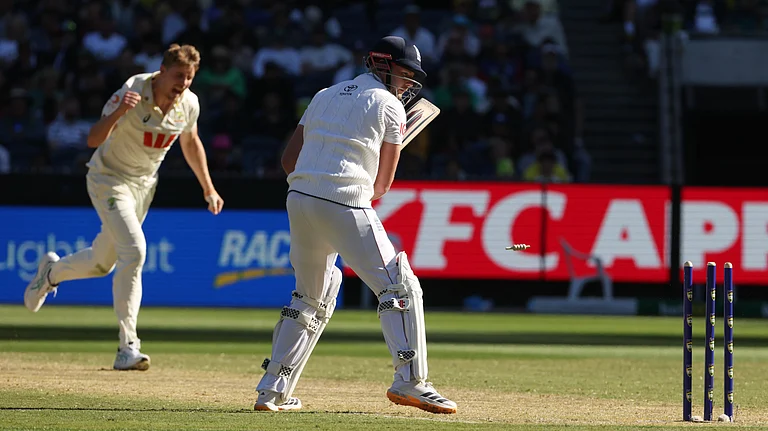Stealthy Strikes
| Top Cancers in women: | Among men: | |
|
|
The plague of our times is altering its stripes. Recent figures from the National Cancer Registry Programme (NCRP) indicate a change in the kinds of cancer that are most likely to affect men and women across India by the end of this decade. Current perceptions put breast and cervical cancer in women as occurring most frequently, but, going by the increased number of cases, experts say lung cancer will be the number one killer in women. Cancer of the gall bladder is also seen to be rising among females. In men, while prostate cancer has a high incidence rate and is linked with the consumption of fatty foods, it’s cancer of the liver that experts are now gearing up to treat. Head and neck cancer and colon cancer follow closely behind.
“Enough attention is not yet being given to address lung cancer among women. There has been a considerable increase in the number of cases of women with lung cancer...the trend is worrying,” says Dr A. Nandakumar, Bangalore officer-in-charge of the NCRP, which is a countrywide initiative of the Indian Council of Medical Research (ICMR) to collect reliable data on cancer patterns across the country. He adds, “The trends are similar in rural and urban India and are mostly linked with food habits and rapid lifestyle changes. However, they vary from state to state.”
Experts say that all the attention is currently being given to ovarian, cervical and breast cancer for women, which only underscores the need to address other types of cancer also increasing in frequency. Minister of state for health S. Gandhiselvitan informed the Rajya Sabha last month that, at its current rate of increase, by 2020 breast cancer will overtake cervical cancer. As matters exist, cervical cancer tops the list of cancers detected among Indian women. As its symptoms are not easily detected, doctors assume actual cases to be higher than diagnosed ones. But experts say such statements can be misleading, with most of the government funds getting diverted to just addressing one type of cancer.
“In men, liver cancer is rising due to an increase in consumption of alcohol,” says Dr Nandakumar. Smoking and drinking are together the lead cause of head and neck cancer in men. The other cancers to worry about among males are colon cancer, which is linked to a low-fibre diet. A recent study by the oncology department at the All India Institute of Medical Sciences (AIIMS) also suggested that “prostate cancer can be linked to the consumption of fatty foods, and in Delhi, a large increase has been noticed in the number of elderly men being diagnosed with it.”
Internationally, over 10 million people are diagnosed with cancer every year, with one-third of the cases related to tobacco use, one-third to diet-related causes, a large percentage to infection and the remaining to pollution and stress. “Some cancers can be detected and therefore prevented, others cannot be. Breast and cervical cancer get more attention because there are screening tools for them whereas there aren’t any for lung cancer,” says Dr Anupama Hooda Nehra, head of oncology, Max Healthcare Hospitals.
On the brighter side, cancer of the oesophagus has seen a huge decline in both men and women; stomach cancer in men has also declined. The NCRP credits this to “better nutrition and socio-economic improvement, and better methods of preserving foods”.


























